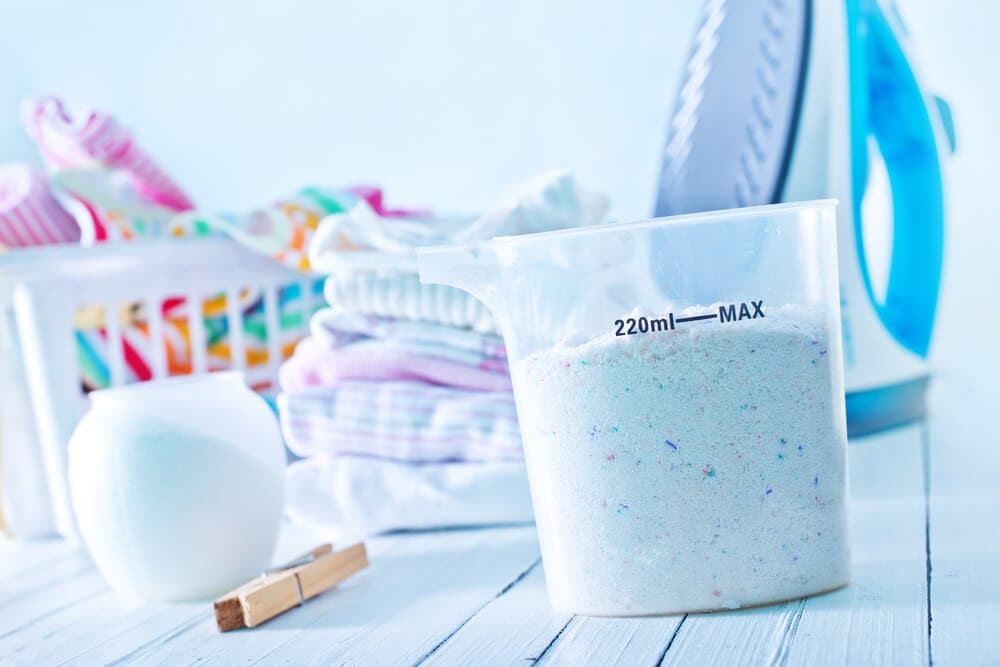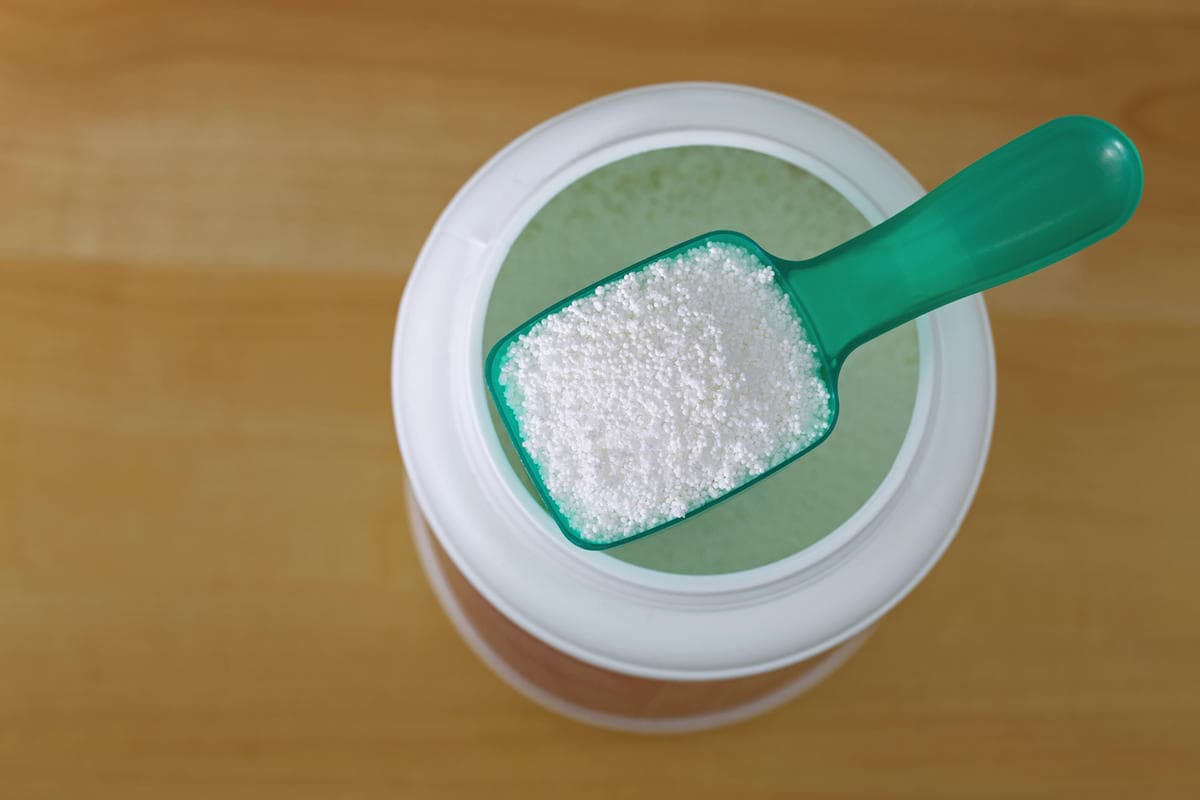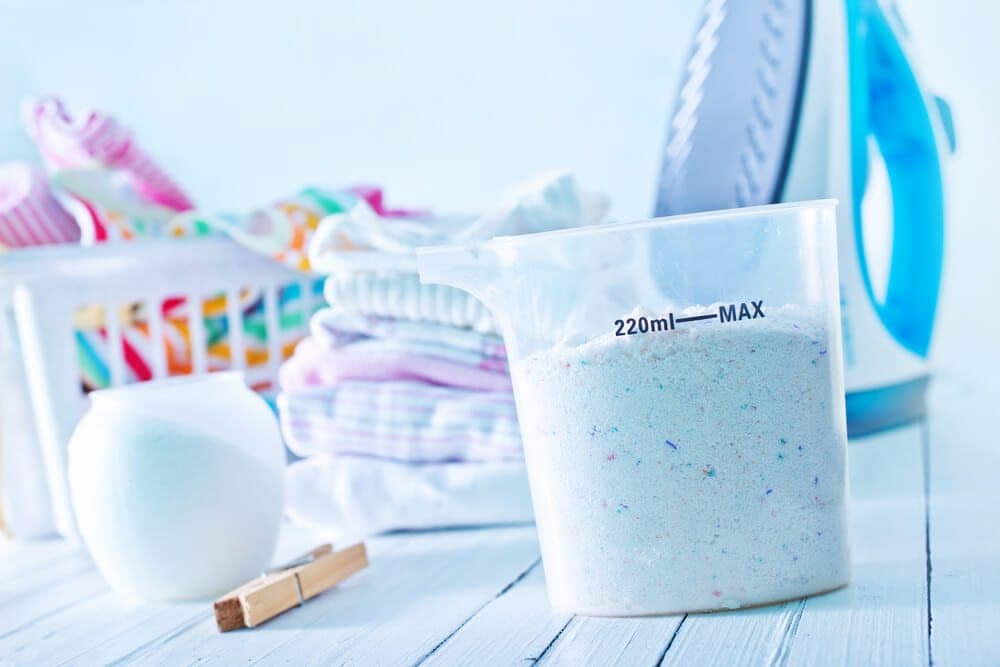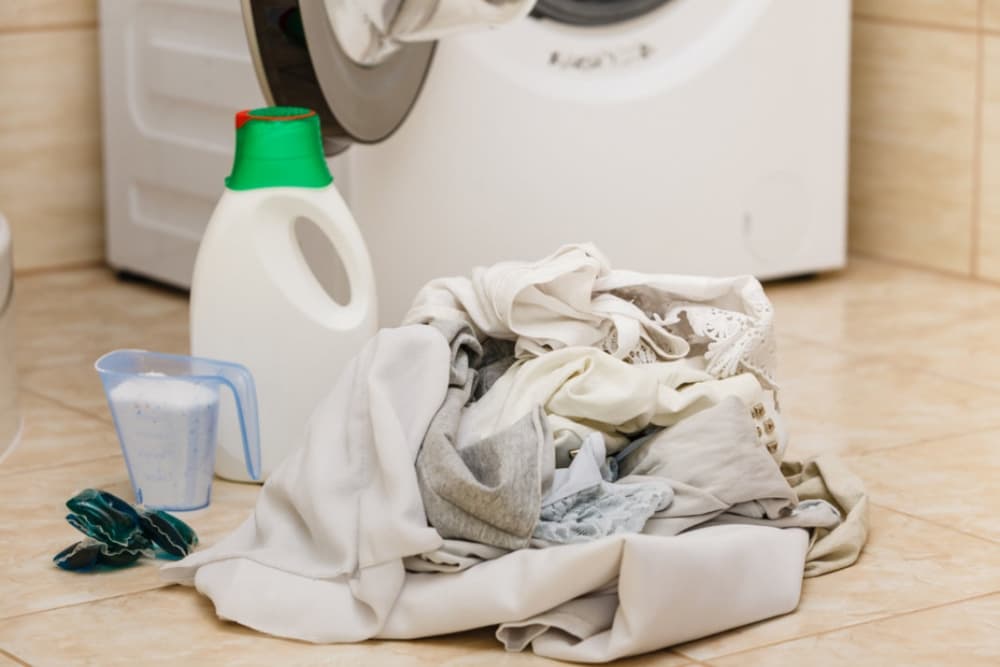Alibaba is considered one of the best places for the wholesale shopping of all kinds of detergents even the detergent raw material. People will also find very good international suppliers on Alibaba Website. As a young company, Alibaba had the goal of bringing internet shopping to the Chinese people.
But within a decade, what began as a simple goal had transformed into a major benefit for the whole global community. Twenty years after its inception in 1999, Alibaba is still the world’s leading e-commerce platform for wholesale, and business-to-business transactions, with a current stock price of $176 per share on the New York Stock Exchange as well as a user base of over 650 million.
Free seller accounts are not available on other e-commerce sites, such as Amazon and eBay. As a result, it’s open to all kinds of vendors (large and small), creating a massive market for a wide range of products. It’s just like having dealt with a manufacturer or supplier in person, where you can customize your product to suit your needs.
In order to create that one-of-a-kind commodity that will describe your company and brand, you have the option to brand RTWs, alter the color shades of a curtain, demand different wheel sizes, and so much more.
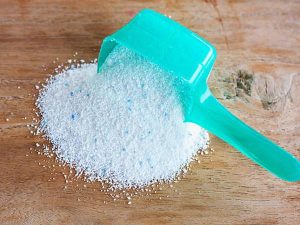
A reliable supplier is critical in this regard. To be successful, you should be successful in producing and selling distinctive and high-quality goods for your potential customers. You can get a sense of a supplier’s performance by looking at customer reviews on Alibaba. The time you save by not having dealt with providers face to face far outweighs any additional background checks you might have to do with your candidates.
detergent raw material list
Many detergent buyers, particularly soap wholesalers, ask for a list of raw components. Soap contains caustic soda, animal fat, and plant oil. When dissolved in water, it removes dirt. Soap has been used for millennia to clean, heal skin problems, and dye hair. Soap cleans and scents skin.
Roman documents reveal Phoenicians manufactured soap from goat’s tallow and wood ash circa 600 BC. Ancient Celts made soap. Romans used soap as medicine, but it was free. First described as a cleaner in the 2nd century AD. When the Dutch and English occupied Europe in the 16th century, soap became popular.
England began creating soap around 150 years after China invented the first soap machine. Every bar of soap was taxed heavily. Tax collectors locked the lids on soap-boiling pots at night to prevent illegal manufacture. Due to a hefty tariff, soap was a luxury in England until 1853. 19th-century Europe was awash with soap. Early soapmakers heated ash and animal fat.
The lid foamed. After cooling, soap formed. Nicolas Leblanc devised a way to produce caustic soda from table salt in 1790, substituting wood ash in soap. French scientist Eugene-Michel Chevreul described soap-making in 1823 as saponification. Animal fat is transformed into fatty acids, which react with alkali carbonates to generate soap and glycerin. By the end of the 19th century, most soap was made in factories, although western pioneers still made their own.
detergent powder raw material list pdf
These days, a lot of people search the internet for a pdf file that contains the list of the raw materials that go into making detergent powder. First, let’s see what detergent powder is. It is a kind of soap that comes in the form of powder and may be used to wash many types of fabric, including clothing, sheets, towels, and materials in general.
Washing by hand or in a machine are both viable options with this detergent. Powder detergent seems to be one of the more classic washing methods, and it has two major advantages: it is both affordable and powerful against stains that are particularly difficult to remove.
In addition to these benefits, the price of detergent powder makes it an especially useful commercial product for nations that are still in the process of economic growth. The detergent powder has seen a recent increase in popularity around the globe.
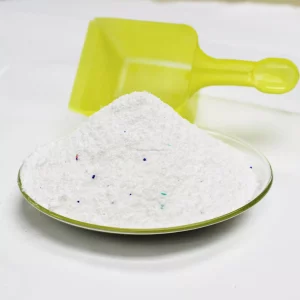
It’s been almost two centuries since the first commercial bar soaps produced with animal fat & lye were introduced to consumers. There were more alternatives for fabric care in the 1950s when synthetic detergents were introduced to the market. The most major improvement in washing came in the 1970s when enzymes that “attack” certain sorts of stains were introduced.
Men do laundry better than boys because of enzymes like these. The blended components gently flow onto a conveyor for packaging. The agglomeration process is another method. Sharp blades crush the bulk into a thin powder that’s sprayed with fluids. Heat creates a gel-like, easy-to-crush liquid. This process creates granular detergent.
raw material used in detergent is alkyl benzene
Most laundry detergents include alkyl benzene, as a basic raw material that is used in the structure of a detergent. Alkalies are a significant component of the majority of laundry detergents. Salts that are soluble in water and a base that interacts with just an acid for neutralizing it are both examples of alkalies.
They are efficient in eliminating stains and dirt from the cloth without the need for extensive rubbing, which is another benefit. Grease may be effectively removed off surfaces using soluble salts of alkali metals such as potassium or sodium. They create an emulsion of the oily as well as solid particles, which causes the particles to be suspended in the wash water so that they may be removed by rinsing.
In the beginning, manufacturers of soap and detergent made alkalis from the ashes of plants. Today, they are manufactured by passing electricity over salt water in order to make sodium hydroxide (NaOH), also known as caustic soda, and potassium hydroxide (KOH), also known as caustic potash.
Both of these are considered to be caustic substances. These are the alkalies that are used most often in the production of soaps and detergents. The severity of the burns and injuries that may be caused by swallowing alkaline chemicals varies depending on the potency of the material.
Strong alkalies have the potential to deteriorate fibers and leave clothing with a grainy texture when touched. Mild alkali is just the baking powder (sodium bicarbonate). Ammonia found in the home, trisodium phosphate, and borax are all examples of moderate alkalies (TSP). Lye and washing soda (also known as sodium carbonate) are examples of strong alkalies (caustic soda).

liquid detergent raw materials
The raw materials that are necessary for the production of liquid detergents may be obtained from the vast majority of different chemical shops. The following are the components that must be obtained as raw ingredients in order to manufacture a liquid detergent:
Sodium Lauryl Ether Sulfate, sometimes known as SLES, is the primary component.
Coconut Diathonol Amide, often known as CDA, is a component of lather.
A detergent is known as sodium tripolyphosphate, or STPP for short.
Table salt
Water that has been ionized or distilled
Fragrance
Water-soluble dye
Benzalkonium chloride
In order to extract the fatty acids, the process of making powdered/ liquid soap begins with the combination of a fat or oil (a triglyceride) with just an alkaline. Fatty acids are responsible for the “soap” or “surfactant” activity that soap has. The unrefined triglycerides have to be cooked in the presence of a powerful alkali in order to extract the fatty acids from the oil.
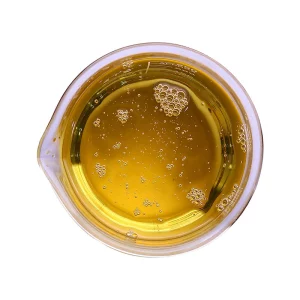
The term “strong alkali” may refer to either sodium hydroxide, often known as lye or caustic soda or potassium hydroxide, more frequently known as potash. Potassium Hydroxide will generate a liquid, but Sodium Hydroxide will almost always result in the formation of a solid clump of soap. Detergents are varied. Detergents are made using a different synthetic technique than solid and liquid soaps. The American Cleaning Institute site describes how powder & liquid detergents are made:
Dry and liquid components are combined into a slurry, heated, then spray dried. Before packing, heat-sensitive substances (enzymes, perfumes) are added to avoid deterioration. Dry and liquid materials are continually combined to guarantee consistency and stability. The mixture is packed.
In general, liquid formulations have their constituents already pre-dissolved and fixed in an appropriate liquid (like water), while powders have to disintegrate in the washer and thus employ soluble fillers. Liquid formulations also have the advantage of being easier to transport.
raw material used in detergent is ammonia
One of the basic raw materials which are used in the structure of a detergent is ammonia. During World Wars I and II, there was a scarcity of vegetable and animal fats and oils, which led to the development of detergents. To make washing more efficient, a material that was resistant to harsh water was also required.
Petroleum was discovered to be a readily available material at the time for the production of detergents. Today, a range of petrochemical products and/or oleochemicals are used to manufacture most detergents (derivated from fats & oils). The liquid cleaning products are now gaining ground on the powder cleaning products, according to recent trends. For instance, detergents may be found in:
Laundry detergents are designed to remove a range of filth and stains, as well as to bleach, soften, and condition fabrics. Products for dishwashing: they include detergents for both hand and machine cleaning as well as a few specialty items. Cleaning surfaces in the home: painted, metal, plastic, porcelain, and glass are among the materials they are used to clean.
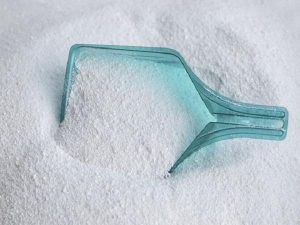
A wide variety of products have been developed to clean effectively and conveniently since no one product can operate optimally on all surfaces and dirt. The choice of raw ingredients is the initial stage in the production of these detergents. The selection of raw materials is based on a variety of factors, including cost, compatibility with other components, form & performance characteristics of completed goods, human & environmental safety, and cost.
You may find the following among these many ingredients:
Helping to whiten, brighten, and remove stains is sodium hypochlorite.
Alkalis (sodium hydroxide, ammonium). Alkalinity may help get rid of acidic, fatty, and oily soils.
Acids (acetic acid, sulphonic acid, hydrochloric acid, nitric acid) are used to balance or neutralize other substances’ alkalinity as well as because certain specialty cleaners need more acidity to eliminate mineral buildup.
coloring substance (pigments or dyes).
Solvents (ethanol, isopropanol, and propylene glycol) are used to dissolve organic soils and stop component separation or degradation in liquid goods.
detergent powder raw material price list
When people want to find the price list of the raw material for detergent powder they search the Alibaba website for updated information by many suppliers worldwide. China has become a major industrial powerhouse in the world. The country’s primary strengths are its access to low-cost raw resources and a highly trained labor force.
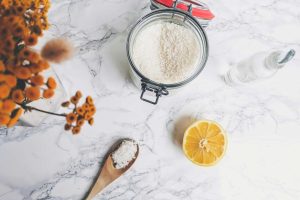
Whenever the Chinese commerce business was only beginning to thrive in the east, Alibaba took advantage of this opportunity. When it comes to international trade, Alibaba is the go-to place in China because of the following reasons:
Many well-known companies don’t produce their goods in the countries where they claim to be based. Buying a winter sweater on Amazon for $149.99 may be a little unnerving, but it may have been purchased from the source for only $35.69. For many retail enterprises, this is the truth. Markups are the only way to make a profit, of course. You’d be shocked at how much the SRP (Suggested Retail Price) rises from the original factory price when markups are left to the sellers’ discretion.
An increase in supplier competition and a decrease in buyer pricing have been two direct results of Alibaba’s potential. Depending on the minimum order quantities specified by the merchant, prices for larger purchases will vary depending on the amount you purchase. Free seller accounts are not available on other e-commerce sites, such as Amazon and eBay. As a result, it’s open to all kinds of vendors (large and small), creating a massive market for a wide range of products.

